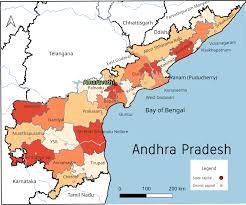Understanding Trinidadian Culture and Heritage

Introduction
Trinidadian culture is a vibrant blend of influences from various ethnicities, including African, Indian, French, Spanish, and Indigenous peoples. This cultural diversity is not just a point of pride for Trinidadians; it significantly enriches the nation’s identity and social fabric. In light of recent events that highlight the importance of cultural preservation and appreciation, understanding the essence of Trinidadian society is more relevant than ever.
Cultural Influences
Trinidadians celebrate a multitude of cultural events and festivals that reflect their unique heritage. One of the most famous celebrations is Carnival, held annually before Lent. This spectacular event showcases colorful parades, elaborate costumes, and rhythmic music, particularly calypso and soca. The roots of Carnival date back to the 18th century when French settlers brought their customs to the islands, and today, it draws thousands of visitors from around the world, making it an economic boon for the country.
Another cornerstone of Trinidadian culture is its cuisine, characterized by a fusion of various culinary traditions. Dishes such as roti, pelau, and doubles exemplify this blend. The communal aspect of food is essential, with family gatherings often centered around cooking and sharing meals, further reinforcing social bonds within communities.
Recent Developments
In recent years, there has been a growing movement among Trinidadians to celebrate and preserve their cultural heritage. Initiatives to promote local artisans, musicians, and writers have gained momentum, strengthening the national identity and contributing to cultural tourism. The Trinidad and Tobago Film Festival has also become a platform for local filmmakers, showcasing stories from Trinidadian life and promoting the understanding of local issues through art.
Moreover, organizations dedicated to cultural education are working tirelessly in schools to integrate Trinidadian history and traditions into the curriculum. This not only benefits younger generations but also encourages a renewed interest in heritage for adults looking to reconnect with their roots.
Conclusion
In conclusion, Trinidadian culture reflects a rich tapestry of traditions and influences that deserve recognition and celebration. As global interest in cultural diversity grows, Trinidadians can seize the opportunity to share their unique heritage with the world. With ongoing efforts to preserve and promote local customs and arts, the future of Trinidadian culture looks promising. For readers, engaging with Trinidadian culture offers a chance to appreciate the beauty of diversity and the strength found in communal ties.









